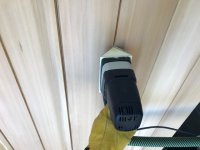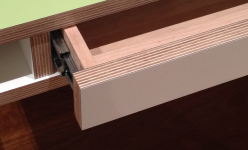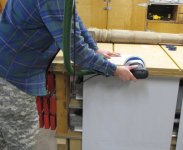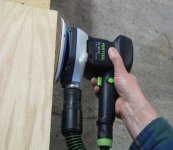AugieDoggie
Member
- Joined
- Apr 7, 2019
- Messages
- 2
I'm new to th FOG. Have several Festool tools and am very pleased. Thinking about buying an LS 130. Read thru most of the comments, most seemed to be 5-10 years old. I do a lot of raised panel work and cabinets. My wife buys old furniture, and flips it, i.e., repairs, refinishes, paints or stains it and then sells. Thought this would be perfect for a lot of what she does. I know it's not as aggressive as an ROS. When I asked about one at the store, the guy said he's only sold one in the last few years. None of the other stores around have one in stock. So what's that tell me? I cant find anything on the market even similar. If you have one, would you buy it again? Thanks for any info.




